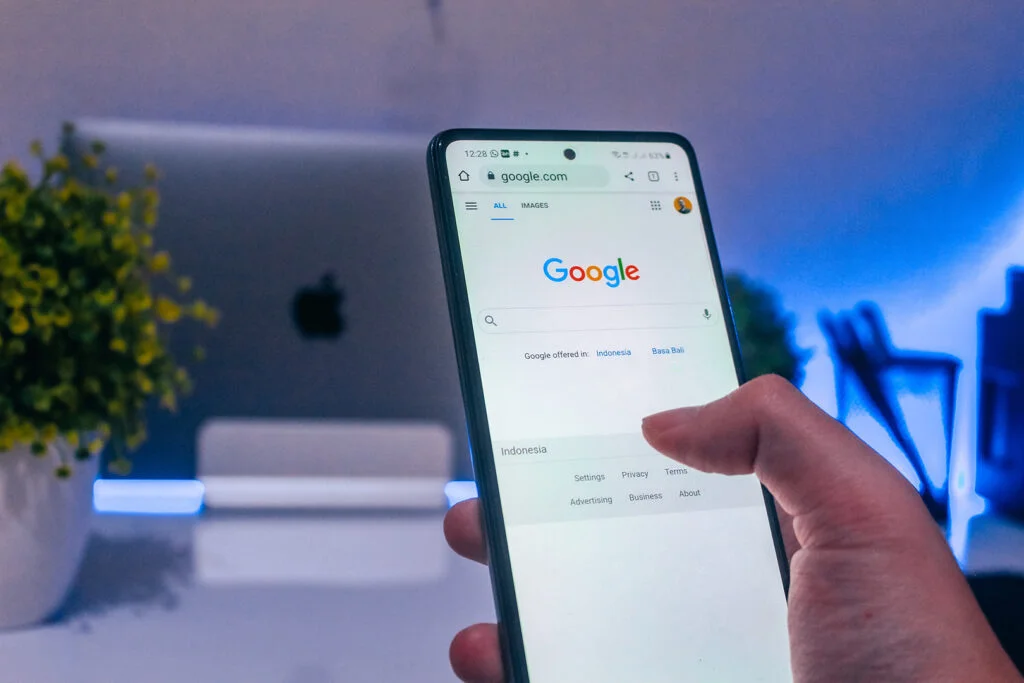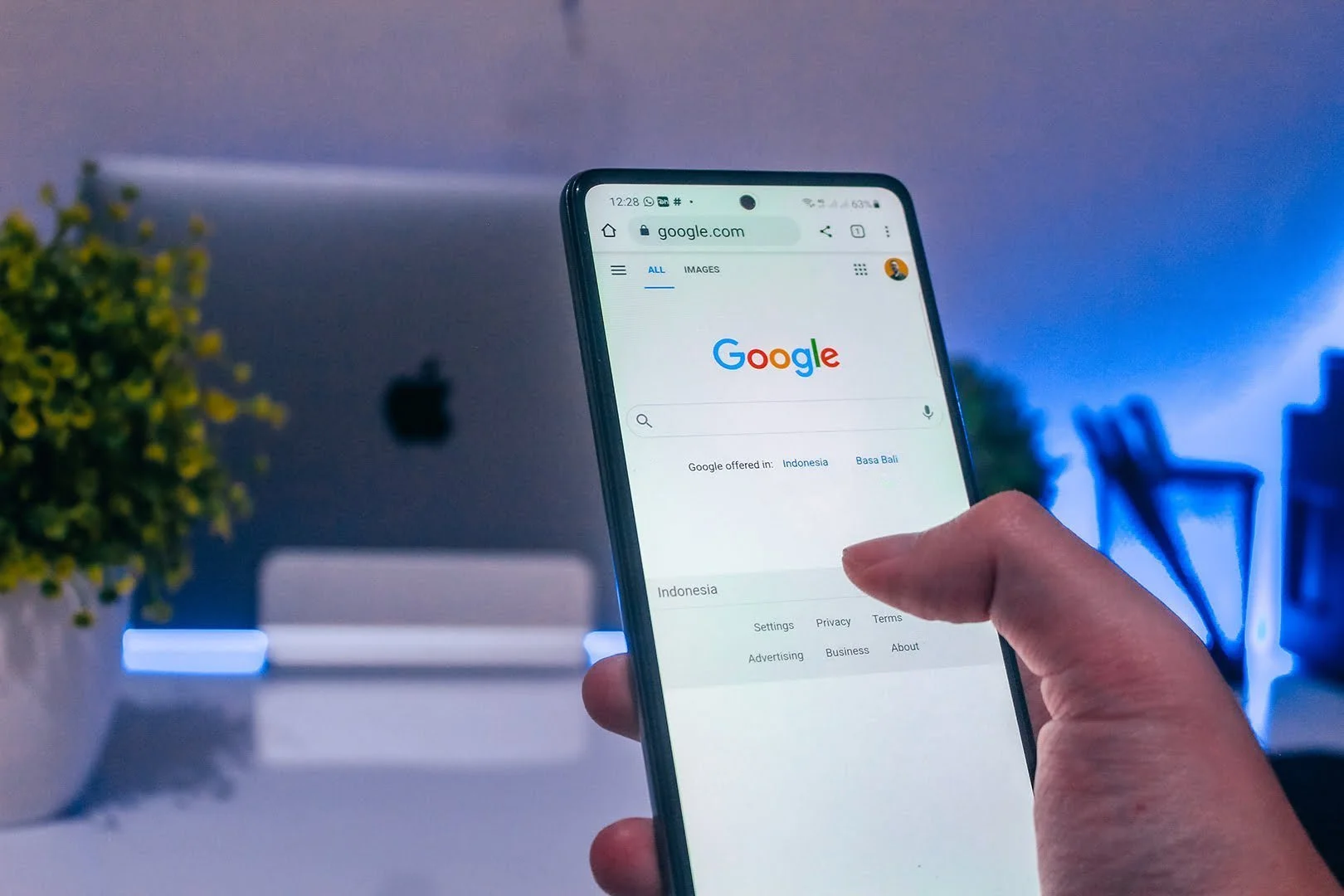Google Ad Grants is a powerful tool for non-profits looking to reach a wider audience and achieve their fundraising and marketing goals. With up to $10,000 in monthly advertising credit, organizations can use Google Ads to reach new donors, volunteers, and supporters. However, with so many organizations competing for attention online, it can be challenging to make the most of your Google Ad Grants.
In this post, we’ll provide a comprehensive guide to maximizing the impact of your Google Ad Grants in 2023. We’ll cover the latest trends and strategies for effective Google Ad campaigns, including best practices for targeting and keyword optimization, creating compelling ad copy, and using data to drive results. Whether you’re a seasoned Google Ad Grants veteran or just starting out, this post will provide you with the information and insights you need to get the most out of your advertising budget and achieve your goals in 2023.
Latest Trends and Strategies for Google Ad Grants in 2023
As technology continues to evolve and competition for attention online becomes more intense, it’s more important than ever for non-profits to stay up-to-date with the latest trends and best practices for using Google Ad Grants. Here are a few key strategies to keep in mind as you plan your Google Ad Grants campaigns in 2023:
- Utilize Advanced Targeting Techniques: Targeting is critical to the success of your Google Ad Grants campaigns. By using advanced targeting techniques such as geographic targeting, demographic targeting, and interest targeting, you can ensure that your ads are being seen by the right people. Consider using tools like Google Analytics and Google Ads audience insights to help you understand your target audience and make informed decisions about your targeting strategy.
- Optimize for Mobile: Mobile devices now account for the majority of internet usage, so it’s essential to optimize your Google Ad Grants campaigns for mobile. Make sure your ads are optimized for smaller screens and that your landing pages are mobile-friendly. Also, consider using Google Ads’ “Responsive Search Ads” format, which automatically optimizes your ads for different devices and screen sizes.
- Use Data-Driven Optimization: Google Ad Grants provides access to a wealth of data and analytics that can help you optimize your campaigns and improve results. Use Google Ads’ conversion tracking to understand how your campaigns are performing and make data-driven decisions about ad spend, targeting, and ad copy. Regularly review your campaign performance data and make adjustments as needed to improve results.
- Create Compelling Ad Copy: Ad copy is a critical component of your Google Ad Grants campaigns. To maximize the impact of your ads, create ad copy that is clear, concise, and focused on the benefits of your organization and its programs. Consider using action-oriented language and strong calls to action to encourage clicks and conversions.
- Leverage Automated Bidding Strategies: Google Ads provides a range of automated bidding strategies that can help you get the most out of your Google Ad Grants budget. Consider using automated bidding strategies such as “Maximize conversions” or “Target CPA” to optimize your campaigns and improve results.
- Utilize Remarketing: Remarketing allows you to show your ads to people who have already interacted with your organization in some way, such as visiting your website or engaging with your social media accounts. By using remarketing, you can build on existing relationships and drive greater engagement with your target audience.
By utilizing these trends and best practices, you can maximize the impact of your Google Ad Grants and achieve your fundraising and marketing goals in 2023. Remember to regularly review your campaigns and make adjustments as needed to ensure you’re getting the best possible results from your Google Ad Grants investment.
Targeting and Keyword Optimization
Targeting and keyword optimization are two critical components of successful Google Ad Grants campaigns. By using these tools effectively, you can reach the right audience and achieve better results from your advertising spend. Here’s how:
- Targeting: Targeting allows you to reach specific groups of people based on a variety of criteria such as location, demographic, interests, and behaviors. By using advanced targeting techniques, you can ensure that your ads are being seen by the people who are most likely to be interested in your organization and its programs. Consider using tools like Google Analytics and Google Ads audience insights to help you understand your target audience and make informed decisions about your targeting strategy.
- Keyword Optimization: Keyword optimization involves using specific keywords in your ads and landing pages to ensure that your ads are being seen by people who are searching for terms related to your organization and its programs. To optimize your keywords, use tools like the Google Keyword Planner to research and select keywords that are relevant to your target audience and have high search volume. Also, consider using long-tail keywords, which are more specific phrases that are less competitive and can drive more targeted traffic to your website.
By using targeting and keyword optimization effectively, you can reach the right audience and achieve better results from your Google Ad Grants campaigns. Remember to regularly review your campaigns and make adjustments as needed to ensure you’re getting the best possible results from your advertising spend.
Creating Compelling Ad Copy
Ad copy is a critical component of your Google Ad Grants campaigns, as it can have a major impact on whether your ads are effective in driving engagement and conversions. To ensure that your ad copy is resonating with your target audience and driving results, here are a few key tips to keep in mind:
- Know Your Target Audience: Before you start writing your ad copy, it’s important to have a deep understanding of your target audience. What are their needs and motivations? What problems are they trying to solve? By understanding your target audience, you can create ad copy that speaks directly to their needs and resonates with them.
- Focus on Benefits: When crafting your ad copy, focus on the benefits of your organization and its programs. What will your target audience gain by supporting your cause or using your services? How will their lives be better as a result? By highlighting the benefits of your organization, you can create ad copy that is compelling and effective.
- Use Action-Oriented Language: Ad copy that is focused on action is more likely to drive engagement and conversions. Use action-oriented language, such as “Join us today” or “Donate now”, to encourage clicks and conversions.
- Be Clear and Concise: Ad copy that is clear and concise is more likely to be effective. Avoid using complex language or industry jargon that your target audience may not understand. Instead, keep your ad copy simple, straightforward, and easy to understand.
- Provide a Clear Call to Action: Your ad copy should include a clear call to action that tells your target audience what they should do next. Whether you’re asking them to donate, sign up for a newsletter, or attend an event, your call to action should be clear and prominent in your ad copy.
By following these tips, you can craft compelling ad copy that resonates with your target audience and provides clear calls to action. Remember to regularly review your campaigns and make adjustments as needed to ensure your ad copy is driving the results you want.

Data-Driven Optimization
Data and analytics play a critical role in measuring the success of your Google Ad Grants campaigns and making continuous improvements. By using data to track your campaign performance and make informed decisions, you can optimize your campaigns for better results and achieve your desired outcomes. Here’s how:
- Set Clear Objectives and KPIs: Before you begin tracking your campaign performance, it’s important to set clear objectives and key performance indicators (KPIs). What do you want to achieve with your Google Ad Grants campaigns? Are you looking to drive traffic to your website, increase conversions, or raise awareness of your cause? By setting clear objectives and KPIs, you’ll be able to track and measure your campaign performance more effectively.
- Track Key Metrics: There are several key metrics that you should track to measure the success of your Google Ad Grants campaigns. These include click-through rate (CTR), cost per click (CPC), conversion rate, and bounce rate. By tracking these metrics, you’ll be able to see how your campaigns are performing and identify areas for improvement.
- Use Google Analytics: Google Analytics is a powerful tool that can help you track and measure the success of your Google Ad Grants campaigns. With Google Analytics, you can see how many people are visiting your website from your ads, how long they’re staying, and what actions they’re taking. You can also see how your campaigns are performing over time and make data-driven decisions about your campaigns.
- Make Data-Driven Decisions: By using data and analytics to track your campaign performance, you’ll be able to make informed decisions about your campaigns. For example, if you notice that a particular ad is performing poorly, you can adjust your targeting, ad copy, or keywords to improve its performance. Or, if you notice that your campaigns are driving a high volume of traffic but few conversions, you can make changes to your website or landing pages to improve your conversion rate.
By using data and analytics to measure the success of your Google Ad Grants campaigns, you can make continuous improvements and achieve better results. Remember to regularly review your campaigns and make adjustments as needed to ensure that you’re getting the best possible results from your advertising spend.
Case Studies
There are many organizations that have leveraged Google Ad Grants to achieve their goals and make a positive impact in their communities. Here are a few examples of organizations that have seen success with their Google Ad Grants campaigns:
- The American Red Cross: The American Red Cross used Google Ad Grants to reach a wider audience and increase donations during disaster relief efforts. By targeting keywords related to disaster relief and using compelling ad copy, the American Red Cross was able to drive more traffic to their website and increase donations. What made their campaigns effective was the use of targeted keywords and ad copy that resonated with their target audience and provided clear calls to action.
- World Wildlife Fund (WWF): WWF used Google Ad Grants to raise awareness about endangered species and encourage people to take action to protect wildlife. They used targeted keywords and data-driven strategies to reach their target audience and drive more traffic to their website. What made their campaigns effective was the use of compelling ad copy that resonated with their target audience and provided clear calls to action.
- Doctors Without Borders: Doctors Without Borders used Google Ad Grants to raise awareness about their work and encourage people to donate. They used targeted keywords and data-driven strategies to reach their target audience and drive more traffic to their website. What made their campaigns effective was the use of compelling ad copy that resonated with their target audience and provided clear calls to action.
These examples show how organizations can use Google Ad Grants to reach their target audience and achieve their goals. By using targeted keywords, compelling ad copy, and data-driven strategies, organizations can drive more traffic to their website and achieve their desired outcomes. Other organizations can learn from these examples and apply similar strategies to their own Google Ad Grants campaigns.
Key Takeaways
Here are the key takeaways and recommendations for non-profits looking to maximize the impact of their Google Ad Grants in 2023:
- Targeting and keyword optimization: To reach the right audience and achieve better campaign results, non-profits should use targeting and keyword optimization to ensure their ads are being shown to people who are interested in their cause.
- Compelling ad copy: Non-profits should craft compelling ad copy that resonates with their target audience and provides clear calls to action. This will help drive more traffic to their website and increase the impact of their campaigns.
- Data-driven strategies: By using data and analytics, non-profits can measure the success of their Google Ad Grants campaigns and make continuous improvements. This will help them maximize the impact of their campaigns and achieve their desired outcomes.
- Real-life examples: There are many organizations that have successfully leveraged Google Ad Grants to achieve their goals. By learning from these examples and applying similar strategies to their own campaigns, non-profits can maximize the impact of their Google Ad Grants.
- Stay up to date with latest trends: To maximize the impact of their Google Ad Grants in 2023, non-profits should stay up to date with the latest trends and best practices, including new technologies and data-driven strategies.
In summary, non-profits can maximize the impact of their Google Ad Grants in 2023 by using targeted keywords, compelling ad copy, and data-driven strategies. By staying up to date with the latest trends and best practices, non-profits can achieve their desired outcomes and make a positive impact in their communities.

